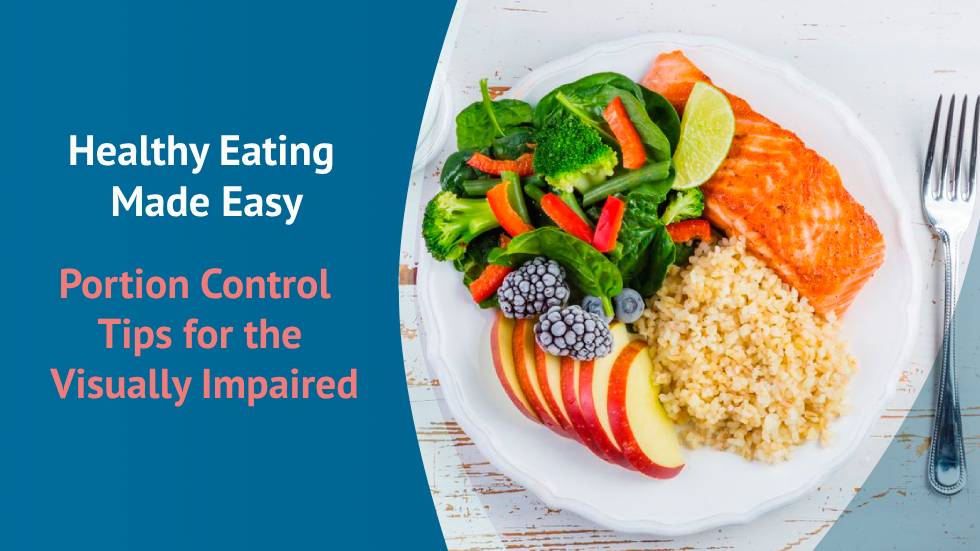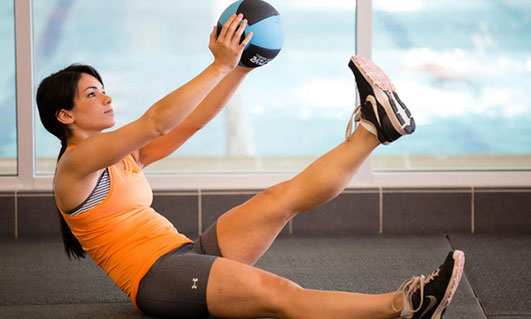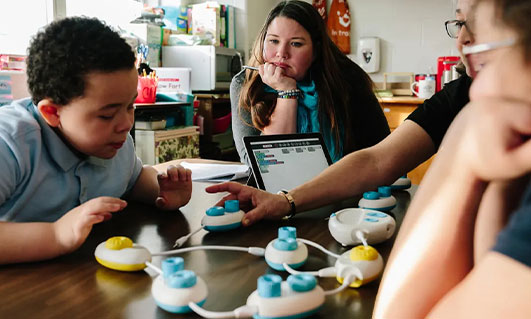
Maintaining a healthy diet is essential for overall well-being, and portion control plays a crucial role in achieving this goal. For visually impaired individuals, managing portion sizes can present unique challenges, but with the right strategies and tools, it is possible to eat healthily and mindfully. This blog serves as a comprehensive guide to understanding and implementing effective portion control techniques for a balanced lifestyle.
Understanding Portion Control
Portion control refers to the practice of managing the amount of food you eat at each meal. It helps prevent overeating and promotes a balanced intake of nutrients. For visually impaired individuals, estimating portion sizes may require additional tools and techniques to ensure accurate measurements without relying on visual cues.
Why Portion Control Matters
- Prevents Overeating: By controlling portion sizes, individuals can avoid consuming excessive calories, which is vital for weight management.
- Nutrient Balance: Proper portion control ensures a balanced intake of essential nutrients, helping to maintain overall health.
- Mindful Eating: Focusing on portion sizes encourages mindfulness during meals, promoting better digestion and satisfaction.
Effective Portion Control Techniques
Use Adaptive Measuring Tools
- Talking Kitchen Scales: These scales announce the weight of ingredients, allowing for precise measurements. A talking scale can help visually impaired individuals weigh portions accurately, whether it’s a single serving of grains or protein.
- Liquid Measuring Cups with Tactile Indicators: Liquid measuring cups with tactile indicators or markings allow users to measure liquids without needing to see the measurements. This feature helps ensure that the correct portion sizes are achieved.
Pre-Portioned Meal Containers
- Investing in pre-portioned meal containers can simplify portion control. These containers come in various sizes and are labeled with recommended serving sizes, making it easier to prepare and store meals in appropriate portions. They can also be useful for meal prepping, ensuring that meals are ready to go when needed.
Use of Portion Control Plates
- Portion control plates are designed with sections that indicate how much of each food group should be on your plate. These plates often have raised edges or tactile indicators, making it easier for visually impaired individuals to understand the appropriate proportions of protein, vegetables, grains, and fruits.
Learn to Use Your Hands for Portion Sizing
- Many nutritionists recommend using hands as a guide for portion sizes. For example:
- A fist-sized serving of vegetables.
- A palm-sized portion of protein.
- A cupped hand for carbohydrates.
- This method allows for easy and consistent portion estimation without the need for measuring tools.
- Many nutritionists recommend using hands as a guide for portion sizes. For example:
Mindful Eating Practices
- Encourage mindful eating by focusing on the flavors, textures, and smells of food. Slowing down during meals helps to enhance the eating experience and can lead to better awareness of portion sizes. Taking smaller bites and chewing thoroughly can also aid digestion and provide a sense of fullness.
Using Technology for Support
- Smartphone apps designed for nutrition tracking can be incredibly useful for visually impaired individuals. Many of these apps offer voice commands, allowing users to input meals and track their portion sizes easily. Additionally, some apps provide audio descriptions of nutritional information and portion sizes for different foods.
Planning Balanced Meals
Create a Balanced Plate
- Aim to fill half your plate with vegetables, one quarter with protein, and one quarter with whole grains. This method promotes a balanced intake of nutrients while ensuring that portion sizes remain within healthy limits.
Batch Cooking and Freezing
- Prepare meals in bulk and freeze them in pre-portioned containers. This practice not only saves time but also makes it easier to control portion sizes when it’s time to eat.
Experiment with Recipes
- Explore healthy recipes that focus on portion control. Many online resources cater to visually impaired individuals, offering audio or braille versions of popular recipes. Adjusting recipes to create smaller servings can help reinforce portion control habits.
Staying Mindful of Snacks
Snacking can often lead to unintentional overeating. To practice portion control with snacks:
- Pre-Pack Snacks: Portion out snacks into smaller containers or bags to avoid mindlessly eating from larger packages.
- Choose Healthy Options: Opt for healthy snacks like fruits, vegetables, or nuts, and measure out appropriate serving sizes before enjoying them.
Conclusion
Portion control is a vital skill for maintaining a healthy lifestyle, particularly for visually impaired individuals. By utilizing adaptive tools, practicing mindful eating, and implementing effective portion sizing techniques, individuals can confidently manage their food intake and promote their overall well-being. Embracing these strategies empowers visually impaired individuals to take charge of their health and enjoy a balanced diet, fostering a sense of independence in the kitchen.





